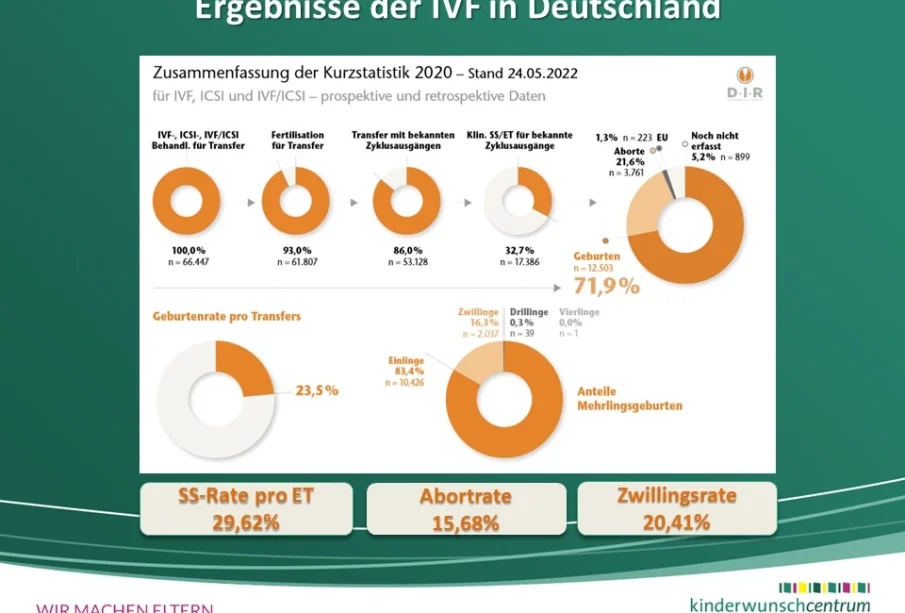Understanding ICSI: Significance and Process Explained

Introduction
Intracytoplasmic Sperm Injection (ICSI) is a revolutionary technique in the field of assisted reproductive technology (ART) that has transformed the way infertility is treated. With the rising incidence of infertility issues globally and in India, ICSI offers hope to many couples looking to conceive. This article explores the significance of ICSI, its process, and what prospective parents need to know.
What is ICSI?
ICSI is a specialized form of in vitro fertilization (IVF) that involves injecting a single sperm directly into an egg. This procedure helps overcome various male infertility problems, such as low sperm count or poor sperm motility. Since its introduction in 1992, ICSI has become a cornerstone for treating male-factor infertility and has given rise to countless success stories.
Importance of ICSI
With fertility rates declining due to various factors, including lifestyle choices, age, and medical conditions, ICSI has emerged as a significant option for couples struggling to conceive. The technique boasts high success rates, with many clinics reporting successful implantation rates exceeding 60%. Additionally, ICSI minimizes the risk of sperm relying solely on their capabilities to penetrate the egg, providing a reliable solution for those facing severe male infertility.
The ICSI Process
- Initial Assessment: The couple undergoes a thorough assessment to investigate the causes of infertility and determine the best course of action.
- Ovarian Stimulation: The female partner is given hormone injections to stimulate the ovaries to produce multiple eggs.
- Egg Retrieval: Once the eggs are ready, a minor surgical procedure is performed to retrieve them from the ovaries.
- Sperm Collection: A sperm sample is obtained from the male partner, either through ejaculation or surgical extraction if necessary.
- ICSI Procedure: In a laboratory, a single sperm is injected directly into an egg under a microscope.
- Embryo Culture: The fertilized eggs (embryos) are monitored for several days until they reach a suitable stage for implantation.
- Embryo Transfer: One or more healthy embryos are transferred into the uterus of the female partner.
Conclusion
ICSI represents a beacon of hope for many couples facing infertility challenges, particularly those with male factor infertility. As technology and techniques improve, the success rates of ICSI continue to rise, making it an increasingly viable option for conception. For couples considering ICSI, consultation with a fertility specialist is crucial to understand the best personalized treatment plan, potential success rates, and any risks involved. The journey of parenthood is multifaceted, and ICSI adds a robust option for couples eager to expand their families.









